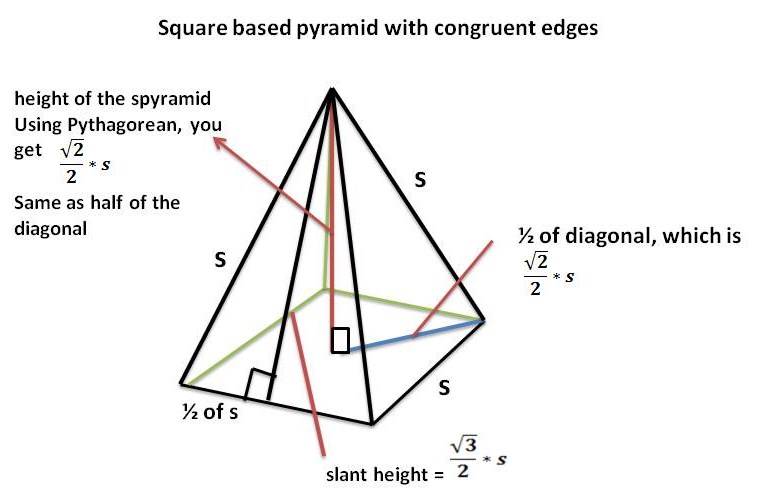

Now it’s time to animate the objects within the project. To add fonts to your project, click on the icon on the Fonts panel within the Library panel. Search for Muli and add the font to your project. Use the type tool and type the tagline for the project within typographers quotes: Option + [ = “ Let Foodify decide your what you eat.

This means that you will need to import typefaces into the project instead of using system typefaces on your local machine. Edge uses an HTML approach in adding text and CSS model for styling type. We will be creating the type using the text tool in the next step.Ĭreate the text area by selecting the type tool from the tool panel, which is located in the top-left corner of the workspace. If this does not work, you can also import your images via the FILE > IMPORT menu.ĭrag the image assets from the Library window onto the canvas and arrange them to match the order below: Background, Logo, Button, Macbook and iPhone. You should now see all of your images loaded within the asset window. After clicking on the icon, you will be prompted to select the images folder from the root directory of your Edge Animate project. The Library panel can be found on the right-hand side near the middle of the workspace. Let’s go back to Edge Animate and click on the icon beside the assets panel within the Library menu. *Edge will automatically add or remove assets in this folder once we have pointed to its location through the library panel. As you add images to this folder, the assets will be updated within your project library.īefore we move on, make sure that you have moved/copied the exported image assets that you have downloaded for this tutorial into a newly created images folder within the root directory of your Edge animate project. I have created my own “images” folder which will host all of my image assets for my project. When an Edge Animate project is created, it generates javascript files, html documents and jQuery assets for your project to run on the web or within other applications.

Save the document FILE> SAVE AS and create a folder called “Foodify Web Banner.” Save your files in the folder and let’s take a look at the files that Edge has created for the project. This is a specific ID generated for your animate project, which has specific instructions associated with your animate project. *Notice the Composition Class aka Edge ID underneath within the properties panel.

You can either adjust the canvas’ width and height by sliding your cursor over top of the width or height marker or entering in a value manually. We’ll enter a title for our project in the title field: “ Foodify Banner.” The next thing we’ll do before we move on is adjust the size of our canvas. To the top-left of the workspace, is the Properties panel. If you’re coming from a Flash environment, some of these tools and concepts may be familiar to you. In this tutorial, I will be going through the creation of an animated web banner that can be used within a web page. The creation of animated magazine covers for the Adobe Digital Publishing Suite are also some of the things that Edge Animate can be used to develop. With Adobe Edge Animate, creating simple javascript animations for web banner ads, article headings and image galleries in your web projects are possible. One project, is a WordPress powered blog theme and the other, is an interactive magazine, using the Adobe Digital Publishing Suite. Recently, I decided to introduce Adobe Edge Animate to my class as a means of creating simple timeline animations to be used in their web and interactive projects. Create An Animated Web Banner Using Adobe Edge Animate


 0 kommentar(er)
0 kommentar(er)
